How To Use A Digital Dslr Camera ?
To use a digital DSLR camera, first, ensure that the battery is charged and inserted properly. Then, insert a memory card into the designated slot. Turn on the camera by pressing the power button. Adjust the mode dial to select the desired shooting mode, such as auto, manual, or scene modes. Use the viewfinder or the LCD screen to compose your shot. Press the shutter button halfway to focus, and fully press it to take the photo. To adjust settings like aperture, shutter speed, or ISO, use the camera's menu or dedicated buttons. Review and delete photos on the LCD screen if needed. To transfer photos to a computer, connect the camera using a USB cable or remove the memory card and use a card reader. Remember to regularly clean the camera lens and keep it protected when not in use.
1、 Camera Settings and Modes
Camera Settings and Modes: How to Use a Digital DSLR Camera
Using a digital DSLR camera can be an exciting and rewarding experience, but it can also be overwhelming for beginners. Understanding the various camera settings and modes is essential to capture stunning photographs. Here's a guide on how to use a digital DSLR camera effectively.
1. Manual Mode: This mode gives you complete control over the camera settings, including aperture, shutter speed, and ISO. It allows for creative freedom and is ideal for experienced photographers.
2. Aperture Priority Mode: In this mode, you set the desired aperture, and the camera automatically adjusts the shutter speed for proper exposure. It is useful for controlling depth of field, especially in portrait or landscape photography.
3. Shutter Priority Mode: Here, you select the desired shutter speed, and the camera adjusts the aperture accordingly. This mode is great for capturing fast-moving subjects or creating motion blur effects.
4. Program Mode: This mode is a semi-automatic option where the camera selects both the aperture and shutter speed. It provides a balance between control and convenience, making it suitable for beginners.
5. Auto Mode: In this mode, the camera takes care of all settings, making it the simplest option for beginners. However, it limits creative control and may not always produce the desired results.
6. ISO: This setting determines the camera's sensitivity to light. Lower ISO values (e.g., 100) are ideal for well-lit environments, while higher values (e.g., 800 or above) are suitable for low-light conditions. However, higher ISO can introduce noise in the image.
7. White Balance: Adjusting the white balance ensures accurate color reproduction in different lighting conditions. Use the preset modes (e.g., daylight, cloudy, tungsten) or manually set the white balance for more precise results.
8. Focus Modes: DSLR cameras offer various focus modes, including single-shot autofocus (AF-S), continuous autofocus (AF-C), and manual focus (MF). Experiment with different modes to find the one that suits your subject and shooting style.
9. Metering Modes: Metering determines how the camera measures light to calculate exposure. The most common modes are evaluative/matrix, center-weighted, and spot metering. Understanding these modes helps you achieve proper exposure in different lighting situations.
10. RAW vs. JPEG: DSLR cameras allow you to shoot in either RAW or JPEG format. RAW files retain more image data and offer greater flexibility during post-processing, while JPEG files are compressed and ready to use straight out of the camera. Consider shooting in RAW for maximum control over your images.
Remember, practice is key to mastering your DSLR camera. Experiment with different settings and modes to understand their effects on your photographs. Additionally, keep up with the latest advancements in camera technology and explore new features that manufacturers introduce to enhance your photography experience.
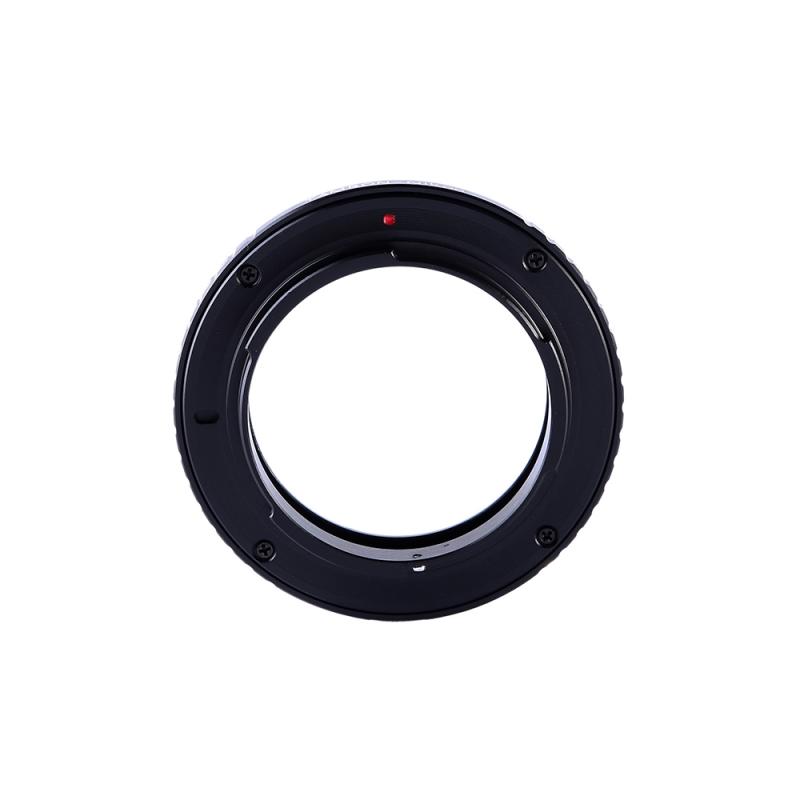
2、 Understanding Exposure and Aperture
Understanding Exposure and Aperture is crucial when learning how to use a digital DSLR camera effectively. Exposure refers to the amount of light that enters the camera sensor, while aperture refers to the size of the camera's lens opening. Mastering these concepts will allow photographers to have greater control over their images and achieve the desired results.
To begin, it is important to understand the exposure triangle, which consists of three elements: aperture, shutter speed, and ISO. Aperture specifically controls the depth of field, or the amount of the image that is in focus. A wider aperture (smaller f-number) will result in a shallow depth of field, while a narrower aperture (larger f-number) will result in a greater depth of field.
To use a digital DSLR camera effectively, start by setting the camera to aperture priority mode (A or Av mode). This allows the photographer to manually select the desired aperture while the camera automatically adjusts the shutter speed for proper exposure. Experiment with different apertures to achieve the desired depth of field and artistic effect.
Additionally, understanding exposure compensation is crucial for achieving the correct exposure in different lighting conditions. Exposure compensation allows the photographer to adjust the camera's exposure settings to make the image brighter or darker. This is particularly useful in situations where the camera's metering system may be fooled by bright or dark scenes.
Lastly, it is important to stay updated with the latest advancements in digital DSLR cameras. With technological advancements, cameras now offer features such as focus peaking, which helps in achieving precise focus, and live view shooting, which allows photographers to compose their shots using the camera's LCD screen.
In conclusion, understanding exposure and aperture is essential for using a digital DSLR camera effectively. By mastering these concepts and staying updated with the latest advancements, photographers can capture stunning images with greater control and creativity.
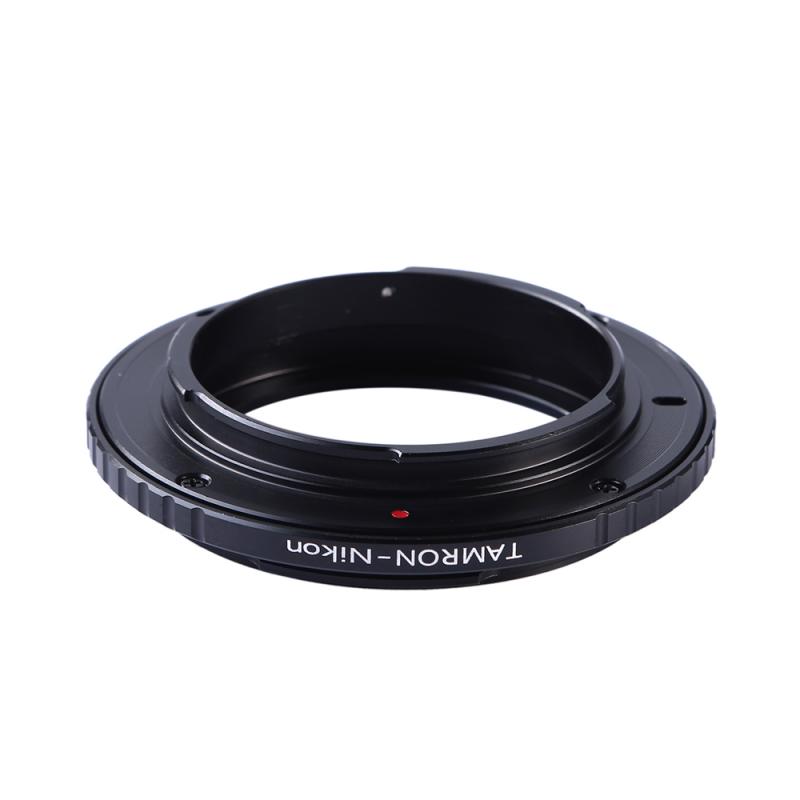
3、 Mastering Shutter Speed and ISO
Mastering Shutter Speed and ISO is a crucial aspect of using a digital DSLR camera effectively. These two settings play a significant role in controlling the exposure and capturing the perfect shot. Here's a guide on how to use them:
1. Shutter Speed: Shutter speed refers to the length of time the camera's shutter remains open. It determines the amount of light that enters the camera and affects the motion blur in your photos. A faster shutter speed freezes motion, while a slower speed creates motion blur. Experiment with different speeds to capture the desired effect.
2. ISO: ISO measures the camera's sensitivity to light. A lower ISO (e.g., 100) is ideal for well-lit environments, while a higher ISO (e.g., 800 or above) is suitable for low-light conditions. However, higher ISO settings may introduce noise or graininess to your images. Find the right balance between ISO and shutter speed to achieve well-exposed and noise-free photos.
3. Aperture: Although not mentioned in the question, aperture is another crucial setting to consider. It controls the depth of field, determining how much of the image is in focus. A wider aperture (lower f-stop number) creates a shallow depth of field, blurring the background and emphasizing the subject. A narrower aperture (higher f-stop number) increases the depth of field, keeping more of the image in focus.
4. Manual Mode: To have full control over shutter speed and ISO, switch your camera to manual mode. This allows you to adjust these settings independently and achieve the desired exposure. Start by setting the ISO based on the lighting conditions, then adjust the shutter speed accordingly.
5. Practice and Experiment: The best way to master shutter speed and ISO is through practice. Experiment with different settings in various lighting conditions to understand their impact on your photos. Take advantage of the instant feedback provided by digital cameras to learn and improve.
Remember, technology and camera models evolve over time, so it's essential to stay updated with the latest features and advancements in DSLR cameras.
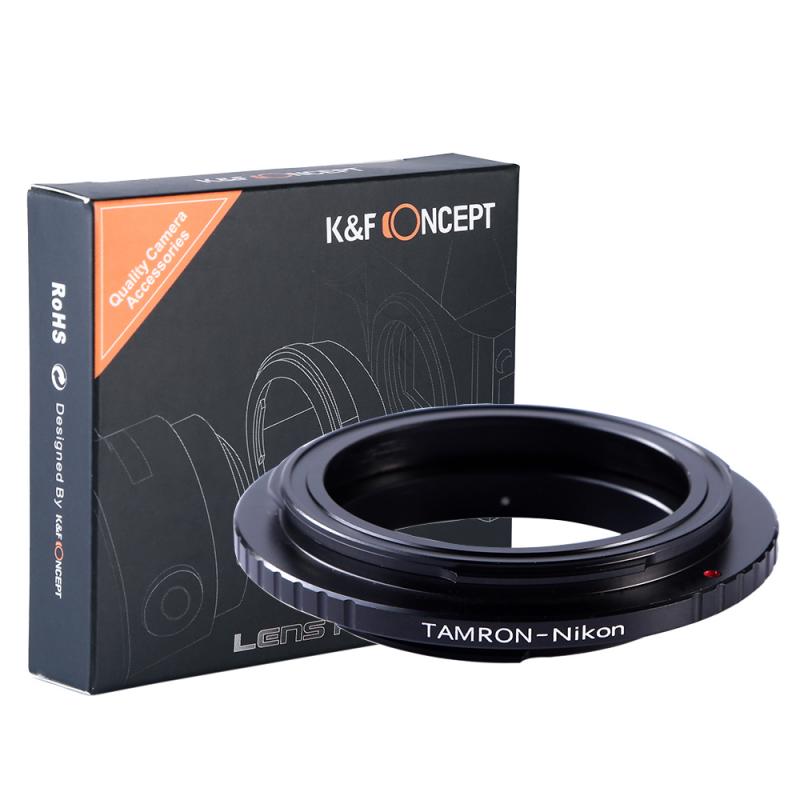
4、 Focusing Techniques and Autofocus Modes
Focusing Techniques and Autofocus Modes
When it comes to using a digital DSLR camera, mastering focusing techniques and understanding autofocus modes is crucial to capturing sharp and well-focused images. Here are some key points to consider:
1. Manual Focus: While autofocus is convenient, there are situations where manual focus can be more accurate and reliable. This is especially true in low-light conditions or when shooting subjects with low contrast. To use manual focus, simply switch the lens to MF (manual focus) mode and rotate the focus ring until the subject appears sharp in the viewfinder or on the LCD screen.
2. Autofocus Modes: DSLR cameras offer various autofocus modes to suit different shooting scenarios. The most common modes include Single Shot AF (AF-S), Continuous AF (AF-C), and Automatic AF (AF-A). AF-S is ideal for stationary subjects, as it locks focus once the shutter button is half-pressed. AF-C is suitable for moving subjects, as it continuously adjusts focus as long as the shutter button is half-pressed. AF-A automatically switches between AF-S and AF-C depending on the subject's movement.
3. Focus Points: DSLR cameras have multiple focus points that can be manually selected or left on automatic mode. The number and arrangement of focus points vary depending on the camera model. For precise focusing, select a single focus point and position it over the subject's most important area. This allows you to have more control over what is in focus.
4. Back-Button Focus: Many photographers prefer using the back-button focus technique, which separates the autofocus function from the shutter button. By assigning autofocus to a button on the back of the camera, such as the AF-ON button, you can focus independently of the shutter button. This technique provides more flexibility and control over focusing, especially in situations where you need to lock focus and recompose the shot.
5. Eye-AF and Face Detection: Some newer DSLR cameras offer advanced autofocus features like Eye-AF and face detection. Eye-AF automatically detects and focuses on the subject's eye, ensuring sharp and well-focused portraits. Face detection is useful for group shots or when photographing people, as it helps to maintain focus on the faces in the frame.
In conclusion, understanding focusing techniques and utilizing the appropriate autofocus modes can greatly enhance your photography skills with a digital DSLR camera. Experiment with different techniques and modes to find what works best for your shooting style and subject matter. Keep in mind that technology is constantly evolving, so staying updated with the latest advancements in autofocus technology can further improve your photography experience.
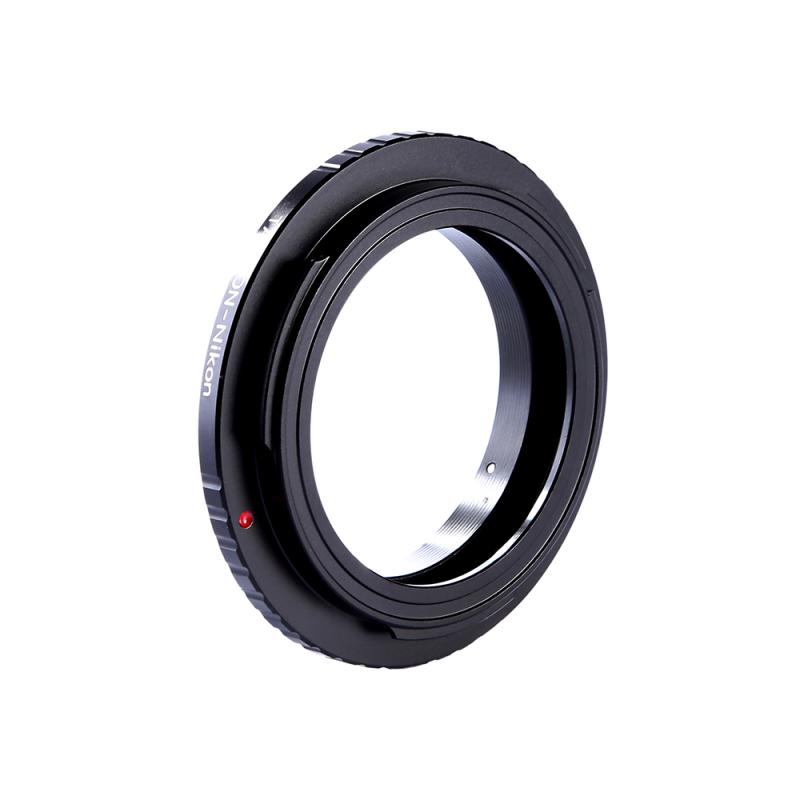










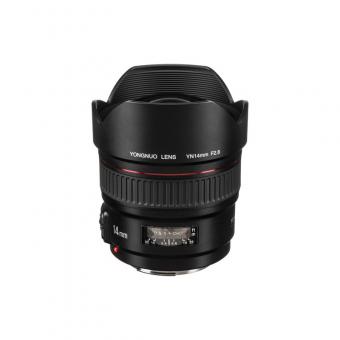

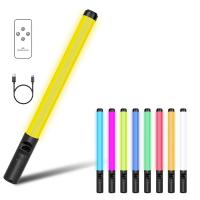


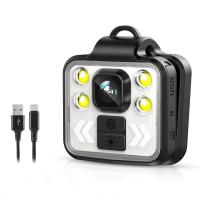
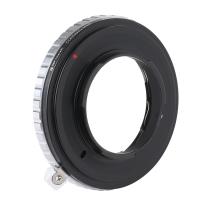
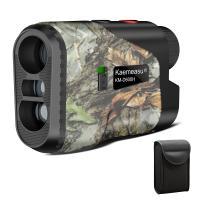

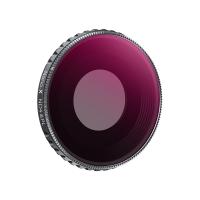

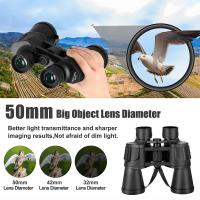

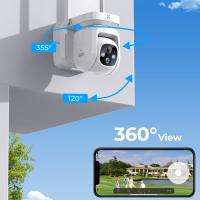
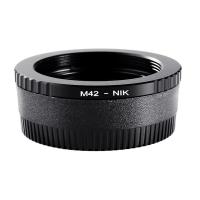
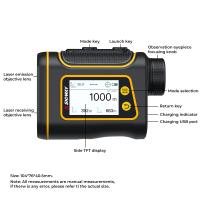

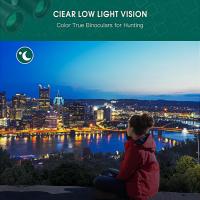


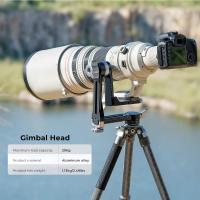
There are no comments for this blog.